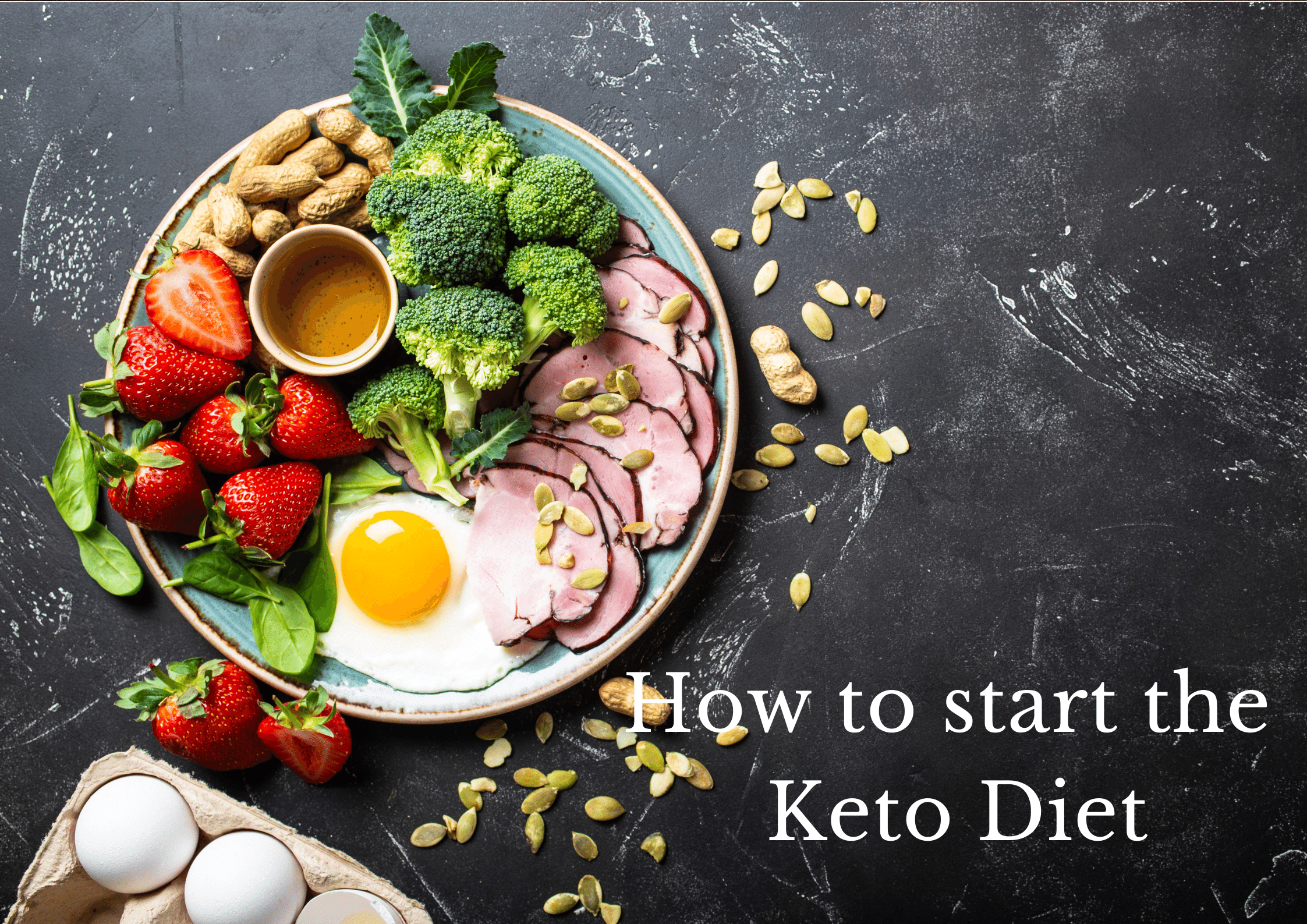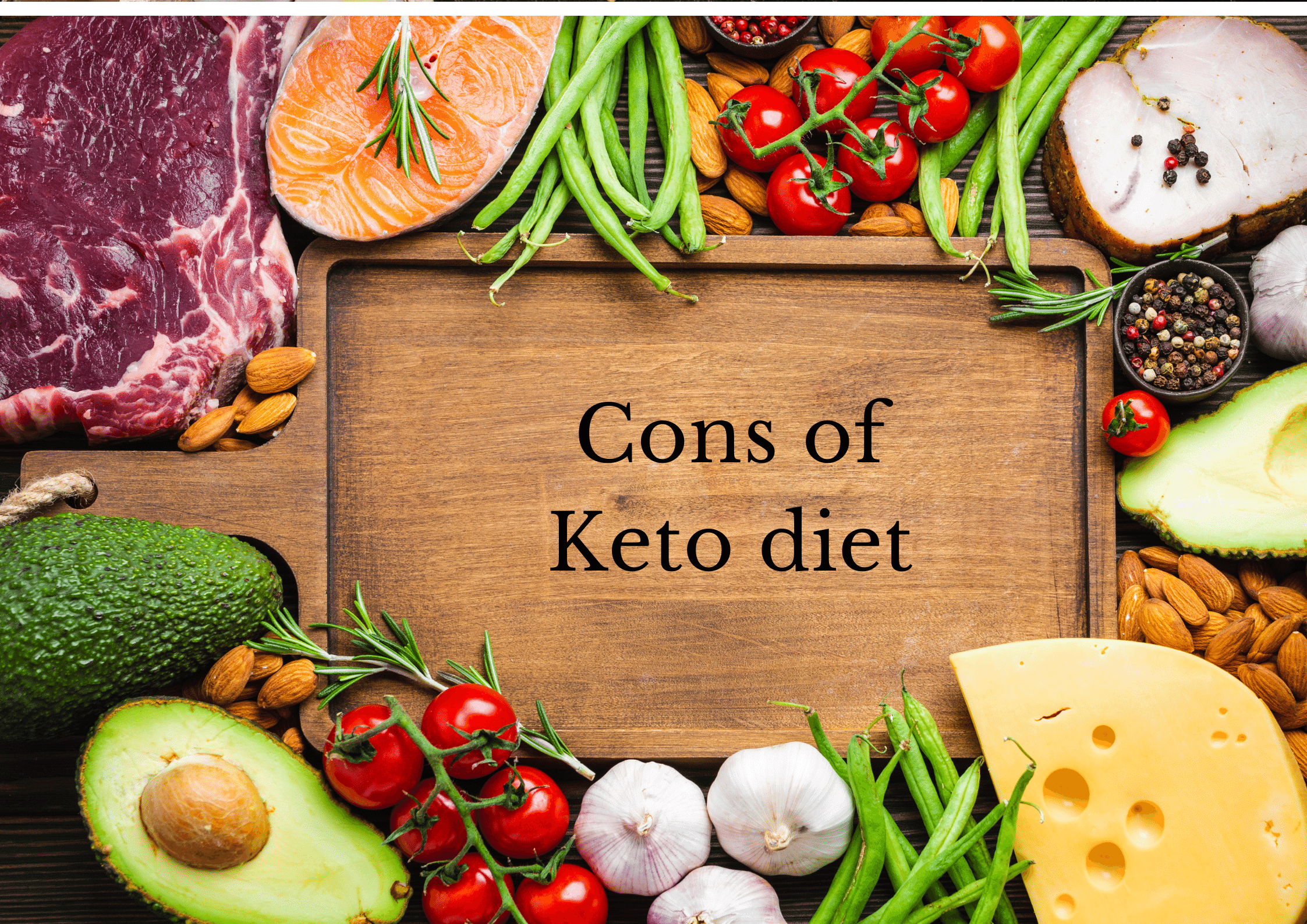Difference between Paleo vs Keto
Paleo and Keto diets are two of the most popular diets today. But which one is better? And which one is right for you? In this article, we’ll compare and contrast Paleo and Keto, and help you decide which diet is right for you.
Paleo Diet
The Paleo diet is based on the premise that we should eat as our ancestors did. Proponents of the Paleo diet argue that the human body is not designed to process modern foods, which are full of processed foods and artificial ingredients and that by eating a “Paleo” diet, we can avoid many of the health problems that plague modern civilization.
Paleo proponents believe that by eating whole, unprocessed foods, we can avoid many of the health problems associated with the modern diet. They also believe that the Paleo diet is more sustainable in the long term than the modern diet.
Basic tenets of the Paleo diet
The basic tenets of the Paleo diet are as follows:
1. Eat only foods that were available during the Paleolithic era. This means meats, fish, vegetables, fruits, nuts, and seeds. Avoid processed foods, dairy, grains, and legumes.
2. Avoid processed foods and eat only whole, unprocessed foods.
3. Don’t worry about counting calories, just focus on eating healthy foods. Eat as much as you like, and stop when you’re full.
4. Avoid sugar and refined carbs. This means avoiding processed foods, sweets, and baked goods.
How to start the Paleo Diet
There are a few things you need to do to start the Paleo diet:
1. Eliminate processed foods from your diet. This means avoiding packaged and convenience foods, as well as sugary drinks.
2. Eat plenty of fresh fruits and vegetables. Fill at least half of your plate with fruits and vegetables at every meal.
3. Eat lean protein sources. Choose grass-fed beef, free-range chicken, and wild-caught fish.
4. Avoid dairy products. If you can’t eliminate dairy from your diet, choose full-fat, unsweetened options like yogurt and cheese.
5. Avoid grains and legumes. This includes bread, pasta, rice, beans, lentils, and peanuts.
6. Limit your sugar intake. This includes honey, agave nectar, and other natural sweeteners.
7. Drink plenty of water. Aim for eight glasses of water per day.
Cons of Paleo diet
The Paleo diet has some cons which are as follows:-
1. Paleo diet is expensive as it requires buying fresh, unprocessed foods.
2. Paleo diet can be difficult to follow because it requires avoiding sugar, grains, legumes, and dairy.
3. Paleo diet might not be sustainable in the long term because it is restrictive and may cause nutrient deficiencies.
4. Paleo diet may not be appropriate for people with certain medical conditions such as diabetes or heart disease.
5. Some people may find the Paleo diet boring because of its lack of variety.
Keto Diet
The keto diet is a high-fat, low-carbohydrate diet. Proponents of the ketogenic diet argue that by eating a diet that is high in fat and low in carbs, we can force our bodies to burn fat for energy, instead of carbohydrates. This process is known as “ketosis”.
This “metabolic shift” has a host of health benefits, including weight loss, improved mental clarity, and increased energy levels.
Basic tenets of the ketogenic diet
The basic tenets of the keto diet are as follows:
1. Eat a high-fat, low-carb diet. This means eating plenty of meats, fish, eggs, dairy, oils, and green vegetables. Avoid sugary fruits, starchy vegetables, grains, and legumes.
2. Keep your carb intake to a minimum. This means eating less than 50 grams of carbs per day.
3. Avoid sugar and refined carbs. This means avoiding highly processed foods, sweets, and baked goods.
How to start the Keto Diet
There are a few things you need to do to start the keto diet:
1. Eliminate processed foods from your diet. This means avoiding packaged and convenience foods, as well as sugary drinks.
2. Eat plenty of fresh meats, fish, eggs, dairy, oils, and green vegetables. Fill at least half of your plate with these healthy options.
3. Keep your carb intake to a minimum. This means eating less than 50 grams of carbs per day.
4. Avoid sugar and refined carbs. This means avoiding processed foods, sweets, and baked goods.
Cons of Keto diet
The Keto diet also has some disadvantages which are given below:-
1. Keto diet is a very restrictive diet and may be difficult to follow in the long term.
2. Keto diet may cause nutrient deficiencies, as it eliminates entire food groups such as grains, legumes, and dairy.
3. Keto diet may lead to weight gain if you consume too many calories from fat and protein.
4. Keto diet may cause gastrointestinal distress such as constipation, diarrhoea, and nausea.
5. Keto diet may increase your risk of heart disease if you consume too much-saturated fat.
6. Keto diet may cause bad breath due to the increased production of ketones in your body.
7. Keto diet may interfere with certain medications such as blood thinners.
Differences between Paleo and Keto diets
There are a few key differences between the Paleo and Keto diets:
1. The Paleo diet is based on the premise that we should eat as our ancestors did, while the keto diet is based on the premise that we should eat a high-fat, low-carb diet.
2. The Paleo diet focuses on eating whole, unprocessed foods, while the keto diet focuses on eating high-fat, low-carb foods.
3. The Paleo diet does not require counting calories, while the keto diet requires that you keep your carb intake to a minimum.
4. The Paleo diet allows for sugar and refined carbs in moderation, while the keto diet strictly limits sugar and refined carbs.
5. The Paleo diet is more sustainable in the long term than the ketogenic diet.
Keto and Paleo - which diet is right for you
So, which diet is right for you? The answer to this question depends on a few factors:
1. What are your health goals? If you’re looking to lose weight or improve your mental clarity, then the keto diet might be right for you.
2. Are you willing to commit to a long-term lifestyle change? The keto diet is a strict way of eating that requires commitment and discipline. If you’re not willing to make this commitment, then the Paleo diet might be a better option.
3. How do you feel about counting calories? If you’re not interested in counting calories, then the Paleo diet might be a better option.
4. What are your food preferences? If you prefer fresh, unprocessed foods, then the Paleo diet might be a better option. If you prefer high-fat, low-carb foods, then the keto diet might be a better option.
5. What is your budget? The Paleo diet can be more expensive than the keto diet, as it requires buying fresh, unprocessed foods.
Which is healthier paleo or keto?
There is no clear answer as to which diet is healthier. Both diets have their pros and cons, and it ultimately depends on your individual needs and preferences.
If you’re looking to lose weight or improve your mental clarity, then the keto diet might be a good option. However, if you’re looking for a more sustainable long-term solution, then the Paleo diet might be a better option.
Ultimately, the best way to determine which diet is right for you is to consult with a registered dietitian or nutritionist.
Can you mix the paleo and keto diets?
Theoretically, you could mix the paleo and keto diets. After all, both approaches encourage eating whole, unprocessed foods. And both diets also restrict certain food groups, such as sugar and carbs on the keto diet or dairy and legumes on the paleo diet.
However, it's worth noting that these two diets are quite different in terms of which nutrients they emphasize. The keto diet is all about minimizing carbs and maximizing fats, while the paleo diet focuses on getting nutrients from whole, unprocessed foods.
So, if you're thinking about mixing the two diets, it's important to do your research and make sure you're getting all the nutrients your body needs. Otherwise, you may end up feeling tired, cranky, and deprived of either diet.
Who should not follow Paleo and Keto diet
Pregnant women and people with chronic health conditions such as type 2 diabetes, heart disease, and high blood pressure should not follow either the Paleo or Keto diet without first consulting with a healthcare professional.
Both diets are restrictive and can be difficult to follow in the long term. If you have a chronic health condition, it's important to work with a registered dietitian or nutritionist to make sure you're getting all the nutrients your body needs.
Bottom line
There is no right or wrong answer when it comes to choosing between the Paleo and Keto diets. It ultimately depends on your individual needs and preferences.
If you’re unsure which diet is right for you, then it might be helpful to consult with a registered dietitian or nutritionist. They can help you determine which diet is best for you based on your individual needs and goals.













